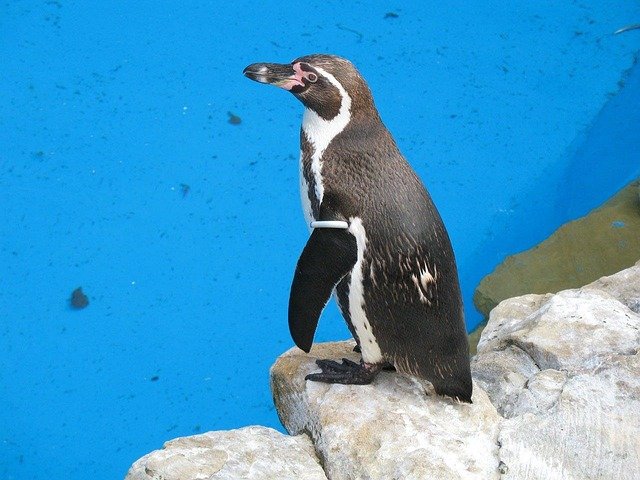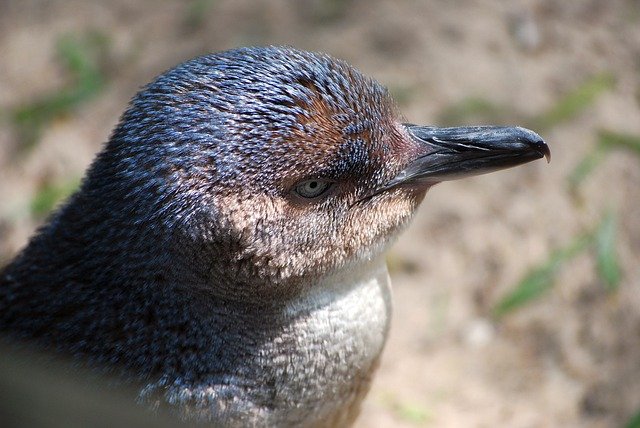**Topic: "The Social Lives of Penguins: Understanding Their Unique Communication and Social Structures"** This

The Social Lives of Penguins: Understanding Their Unique Communication and Social Structures
Penguins are fascinating creatures, not only for their adorable waddles and striking appearances but also for their complex social lives. These flightless birds, primarily found in the Southern Hemisphere, exhibit a range of social behaviors and communication methods that are essential for their survival. In this post, we will explore the unique social structures of penguins and how they communicate within their colonies.
Social Structures of Penguins
Colony Living
Penguins are highly social animals that often live in large colonies, sometimes numbering in the thousands. These colonies provide several benefits, including:
Protection from Predators: Living in large groups helps penguins reduce the risk of being targeted by predators. The sheer number of individuals can overwhelm potential threats.
Thermoregulation: In the harsh, cold environments where many penguin species reside, huddling together helps maintain body heat, allowing them to survive extreme temperatures.
Cooperative Breeding: Some penguin species engage in cooperative breeding, where individuals other than the biological parents help care for the young, further strengthening social bonds within the colony.
Hierarchical Structures
Within these colonies, penguins often establish hierarchical social structures. This hierarchy can influence access to resources, such as food and nesting sites. Dominant individuals may have preferential access, while subordinates may need to display submissive behaviors to avoid conflict.
Communication Methods
Penguins have developed a range of vocalizations and physical displays to communicate with one another, which is crucial for maintaining their social structures.
Vocalizations
Penguin vocalizations are diverse and serve various purposes, including:
Mating Calls: During the breeding season, males often engage in elaborate vocal displays to attract females. Each species has its unique call, and females can recognize their mate’s call among the cacophony of sounds in a colony.
Chick Communication: Parent penguins and their chicks use specific calls to identify each other. This is particularly important in large colonies where many chicks may look alike.
Alarm Calls: Penguins also have alarm calls to warn others of potential threats. These calls can alert the colony to the presence of predators, prompting individuals to take cover or flee.
Body Language
In addition to vocalizations, penguins use body language to convey messages. Common displays include:
Bowings and Head Movements: These movements can signify aggression, submission, or courtship behaviors.
Flipper Gestures: Penguins may flap their flippers or raise them to communicate excitement or assert dominance.
Posture: The way a penguin stands can indicate its mood. For instance, a puffed-up posture can signal aggression or readiness to mate, while a hunched position may indicate submission or fear.
Conclusion
The social lives of penguins are rich and complex, characterized by intricate communication methods and social structures. Understanding these behaviors not only enhances our appreciation for these remarkable birds but also underscores the importance of conserving their habitats and ensuring their survival in the wild. As we continue to study penguins, we uncover more about their social dynamics, which can provide valuable insights into the evolutionary adaptations of social species.
By respecting their social structures and communication needs, we can help protect these incredible animals and their unique way of life.
